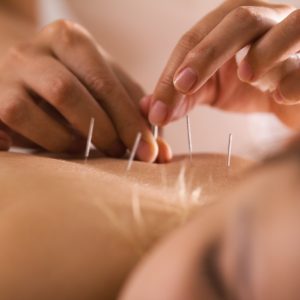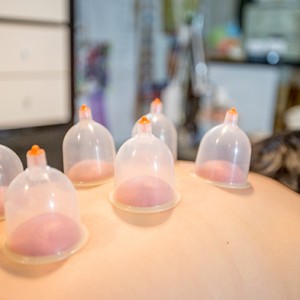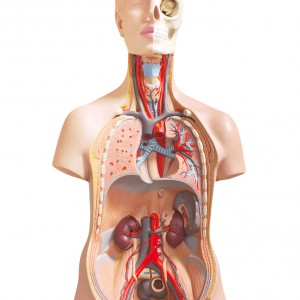The sensation experienced during acupuncture can vary from person to person and depends on several factors such as individual sensitivity, the specific acupuncture points being used, and the technique employed by the acupuncturist. However, in general, the discomfort or pain associated with acupuncture is usually minimal or mild. Acupuncture needles are typically very thin and flexible, much finer than hypodermic needles used for injections. Most people describe the sensation as a slight prick, tingling, or dull ache, rather than intense pain. Many individuals actually find the experience of acupuncture to be relaxing and soothing. That being said, certain areas of the body may be more sensitive or prone to discomfort during acupuncture. These areas can include: Fingertips and Toes: Acupuncture points located on the fingertips and toes may be more sensitive due to the high concentration of nerve endings in these areas. Face and Head: Some acupuncture points on the […]



